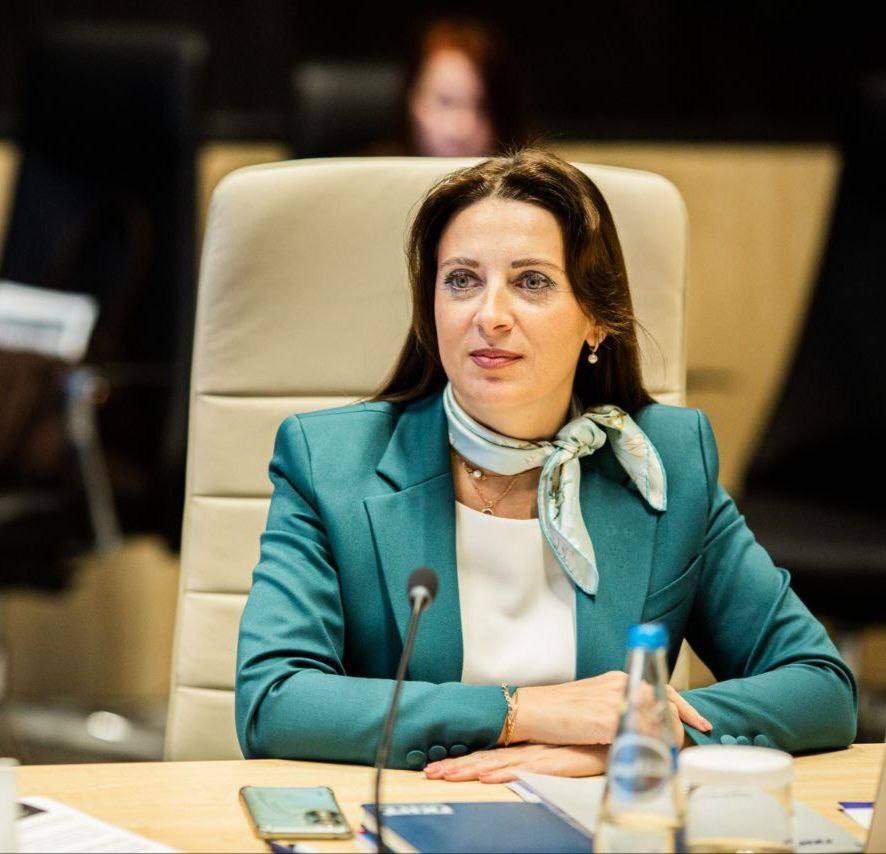|
Tatyana Stolyarova: The potential for Belarusian-Russian cooperation in the nuclear sector has given impetus to the development of non-nuclear areas of cooperation
13.10.2025

Automotive manufacturing, architecture, electronics, medicine, aviation and aerospace, and other industries—additive technologies are potentially being applied globally. Experts joke that today they can print everything except money. The advantages of 3D-printed products include not only the ability to produce parts and components that are difficult to manufacture using traditional methods such as casting and machining, but also reduced material consumption and production time. What are the prospects for applying these new technologies in Belarus?
According to various forecasts, the global additive manufacturing market could reach $66 billion by 2030. In 2024, it reached nearly $22 billion. If the penetration of additive manufacturing in Belarus's industry is comparable to that of Russia (0.056 percent), the market size will exceed $18 million by 2030, representing a ninefold increase. This is the forecast made by the Rosatom State Corporation. Furthermore, if the penetration of additive manufacturing in Belarus's industry reaches the global level (0.12 percent), the market size in our country will approach $35 million.
The development of additive manufacturing is facilitated by Decree No. 135, which establishes priority areas for scientific, scientific-technical, and innovative activities, including innovative technologies in industry. Furthermore, as part of bilateral cooperation with Russia, a roadmap was signed in 2023, with Rosatom as a partner. As part of this collaboration, the Republican Center for Additive Technologies opened in Minsk in September. It was noted that the Center will provide additional impetus to the development of additive technologies in Belarus and the implementation of new products that will be applied in various fields—from medicine to energy, industry, and aircraft manufacturing.
Deputy Chairman of the State Committee for Science and Technology Tatyana Stolyarova:
The potential of Belarusian-Russian cooperation in the nuclear sector has given impetus to the development of non-nuclear collaboration. This synergy opens up unique opportunities. Belarusian organizations and the Rosatom State Corporation are actively developing cooperation in the nuclear non-energy and non-nuclear high-tech sectors. A corresponding comprehensive program is being implemented, which includes specific steps for cooperation in priority areas, including nuclear medicine, digitalization, additive manufacturing, electric transport, and others. The program is a living organism and is constantly being updated.
Source: SCST, sb.by
Video: ONT
|









